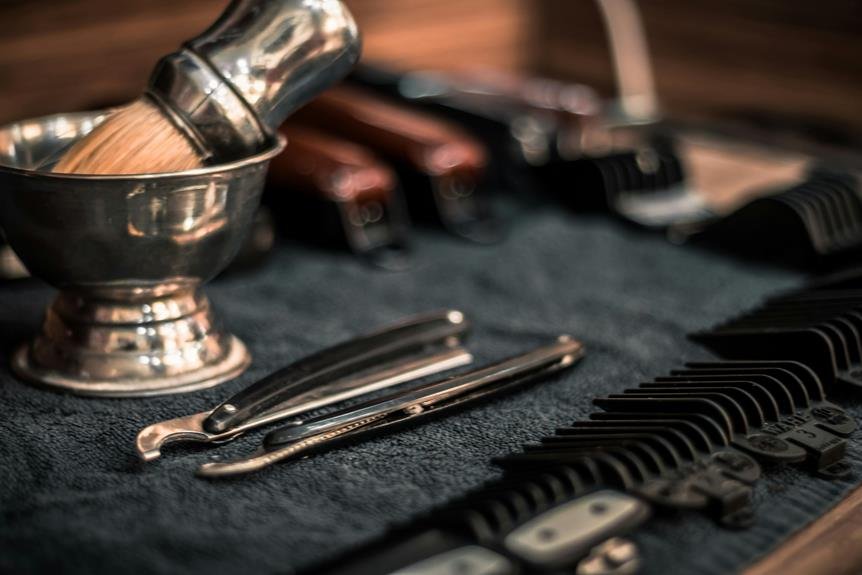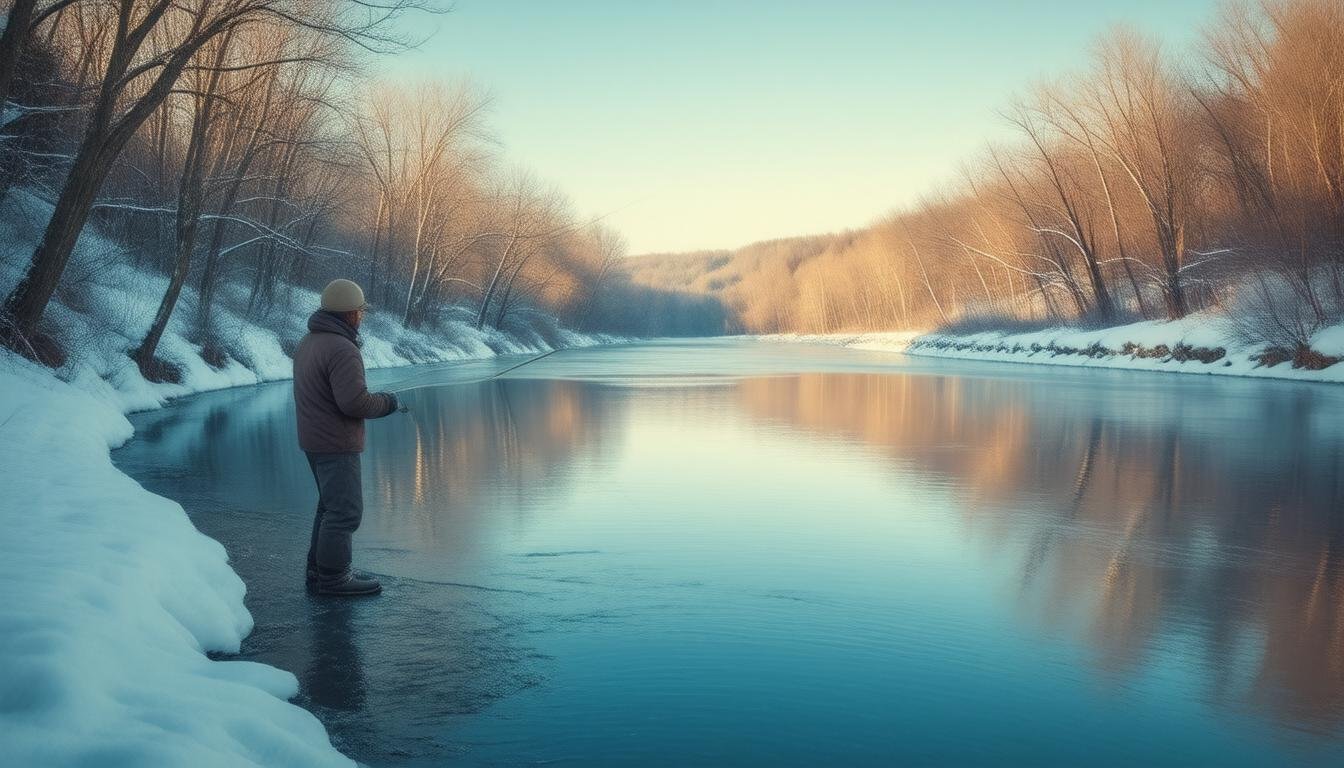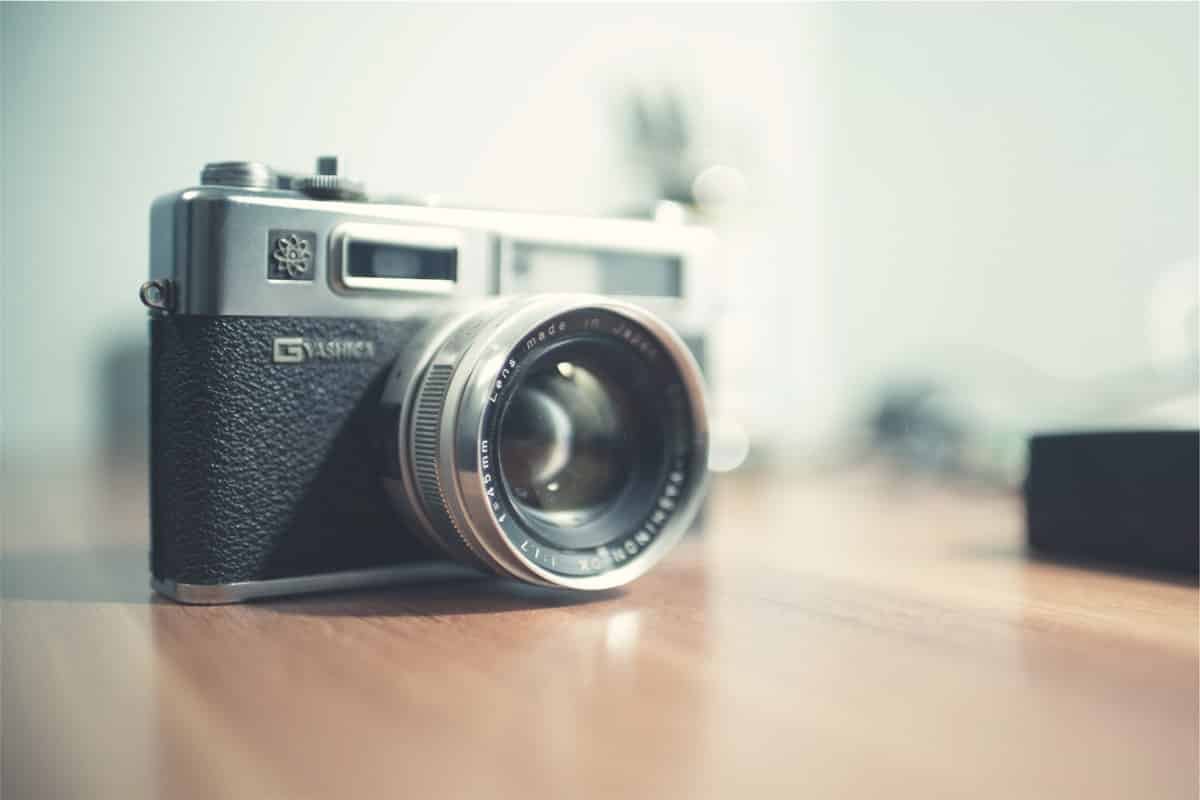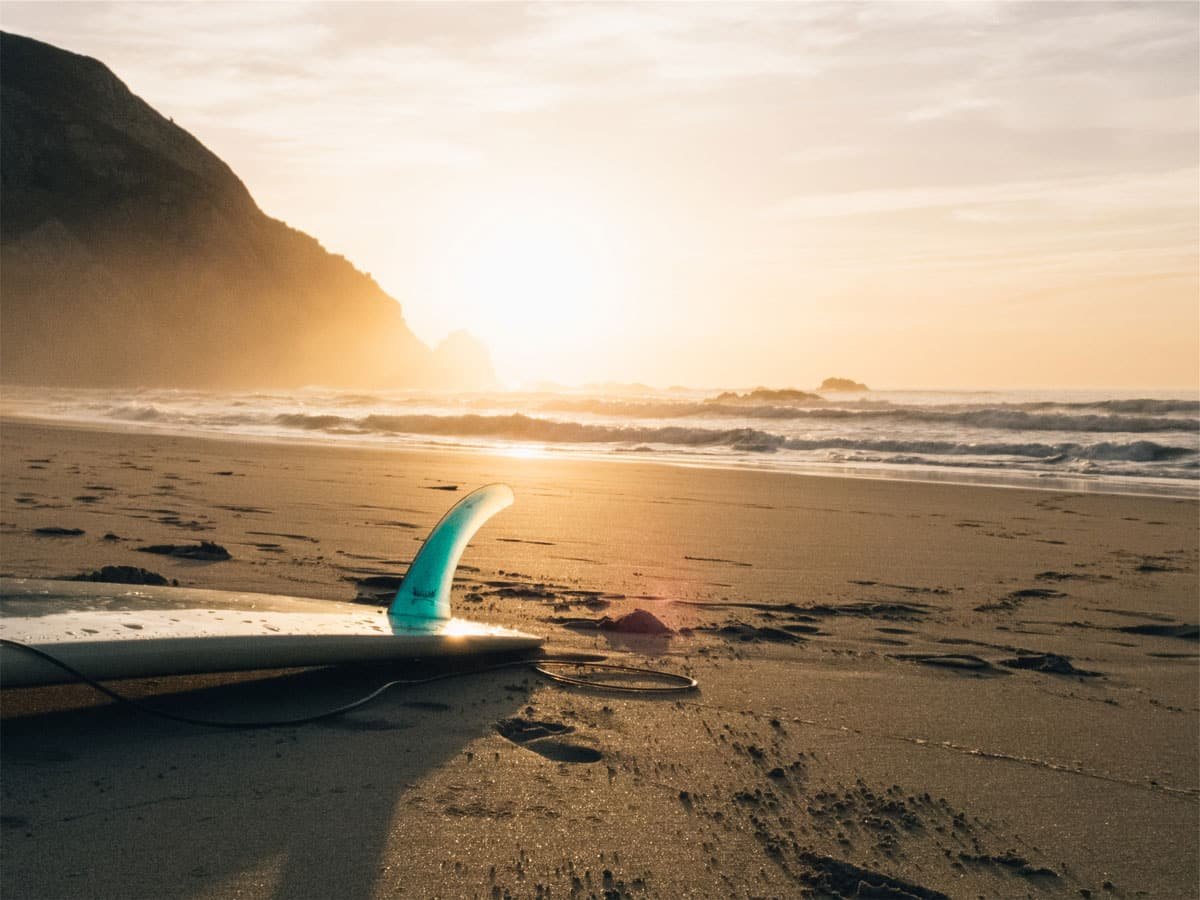A well-equipped fly tying starter kit provides a solid foundation for creating high-quality flies that catch fish. It should include essential tools like a fly tying vise, bobbin, and scissors, as well as a variety of materials such as threads, tinsels, hooks, feathers, and hair. A well-organized workspace is essential, and mastering essential techniques like securing the hook and handling thread is necessary. Understanding hook selection and material properties is also key. From building confidence in tying fundamentals to mastering techniques and creating effective flies, a thorough starter kit sets the stage for a successful fly fishing journey that's just beginning to unfold.
Key Takeaways
- A well-stocked fly tying starter kit includes a core set of essential tools, including a fly tying vise, bobbin, and scissors.
- The kit should also include a variety of threads, tinsels, hooks, feathers, and hair in different colors and textures.
- Proper tool storage and organization are crucial to keep the workspace clutter-free and prevent loss or damage to the tools.
- A well-organized workspace allows the fly tier to focus on tying high-quality flies and mastering essential techniques.
- Invest in a quality fly tying vise, bobbin, and scissors as core tools, and select a range of materials to suit preferred fly patterns.
Essential Tools for Fly Tying
A well-stocked fly tying starter kit typically includes a core set of essential tools that enable beginners to tie a variety of flies, with a fly tying vise, bobbin, and scissors being the most fundamental components of this starter kit. These tools are essential for creating high-quality flies that will attract fish. Proper vise maintenance is necessary to keep the vise functional and accurate. Regular cleaning and lubrication can prevent rust and corrosion. Tool storage is also important to keep the workspace organized and prevent loss or damage to the tools. A well-organized workspace allows the fly tier to focus on tying high-quality flies.
Fly Tying Materials Needed
Thread, available in a diverse range of colors, is a fundamental material in fly tying, used to secure feathers, hair, or other materials to the hook. A well-stocked fly tying starter kit should include a variety of threads, tinsels, hooks, feathers, and hair in different colors and textures. Effective Fly Box Organization and Material Storage Tips are vital to facilitate easy access to the necessary materials. A cluttered workspace can lead to frustration and mistakes. To avoid this, store threads on spools or bobbins, and organize feathers and hair by type and color. Proper storage and organization will enable you to focus on mastering the art of fly tying.
Mastering Fly Tying Essentials
With a well-stocked fly tying starter kit in hand, mastering the essential techniques and tools is essential to creating high-quality flies that can fool even the most discerning fish. To achieve your fly tying goals, it's vital to develop a solid foundation in the basics. Focus on building your tying confidence by practicing fundamental techniques, such as securing the hook, handling thread, and working with various materials. As you master these essentials, you'll be able to tackle more complex patterns and create flies that meet your exacting standards. By honing your skills and refining your techniques, you'll be well on your way to tying flies that will impress even the most seasoned anglers.
Choosing the Right Hook
Selecting the ideal hook for your fly pattern is crucial, as it directly impacts the fly's overall performance and presentation in the water. The right hook can make all the difference in enticing a fish to bite, while a poorly chosen hook can lead to disappointment.
| Hook Size | Hook Material | Species Targeted |
|---|---|---|
| #12 | Stainless Steel | Trout |
| #8 | High-Carbon Steel | Bass |
| #4 | Nickel-Plated | Panfish |
When choosing a hook, consider the species you're targeting, water conditions, and the type of fly you're tying. Hook sizes range from #2 to #24, with smaller hooks for smaller flies and larger hooks for larger flies. Hook materials vary, including stainless steel, high-carbon steel, and nickel-plated, each offering unique benefits. By selecting the right hook, you'll be well on your way to creating effective flies that catch fish.
Selecting Fly Tying Materials
When it comes to tying effective flies, the choice of materials is essential, as different materials can drastically alter the appearance, durability, and overall performance of the fly. Material sourcing is pivotal, as it directly impacts the fly's quality. A well-stocked fly tying starter kit should include a variety of materials, including threads, feathers, hairs, and tinsels.
Three key considerations for selecting fly tying materials are:
- Color theory: Understanding how colors interact and complement each other is essential for creating realistic and attractive flies.
- Material properties: Different materials have unique properties that affect the fly's performance, such as buoyancy, durability, and movement.
- Species-specific requirements: The type of material used should match the specific species being targeted, taking into account their natural habitats and behaviors.
Mastering Fly Tying Techniques
As the foundation of a well-stocked fly tying starter kit is established, attention turns to the techniques required to bring these materials to life. Mastering fly tying techniques is essential to creating effective flies that catch fish. Fly fishing techniques, such as the dry fly, nymph, and streamer methods, require specific tying strategies. For instance, dry fly tying involves creating a buoyant fly that floats on the water's surface, while nymph tying focuses on creating a weighted fly that sinks below the surface. By understanding these tying strategies, anglers can create flies that mimic the natural insects and entice fish to bite. With practice and patience, mastering fly tying techniques can elevate one's fly fishing game.
Building Your Fly Tying Kit
Generally, a well-equipped fly tying kit is built around a core set of essential tools and materials that enable anglers to tie a wide range of effective flies. A well-organized tying workstation is essential for productivity and creativity. To build your kit, consider the following essentials:
- Core Tools: Invest in a quality fly tying vise, bobbin, and scissors.
- Personalized Materials: Select a range of threads, tinsel, hooks, feathers, and hair to suit your preferred fly patterns.
- Storage Solutions: Organize your materials and tools using storage containers, trays, or bags to keep your workstation clutter-free.
Getting Started With Fly Fishing
With a well-equipped fly tying kit in hand, the next step is to apply your new skills in a real-world setting, where the thrill of catching a fish on a self-tied fly awaits. To get started with fly fishing, you must understand the Fly Fishing Basics, including the types of casts, knots, and essential gear. Consider seeking guidance from Local Guides or online resources to learn about the best Fishing Spots in your area. Online Resources, such as tutorials and forums, can also provide valuable insights into techniques, fly patterns, and local fishing conditions. By combining your new fly tying skills with practical experience, you'll be well on your way to becoming a proficient fly fisherman.
Frequently Asked Questions
How Do I Store My Fly Tying Materials and Tools?
To optimize your workspace, implement a Fly Box Organization system, allocating specific compartments for threads, feathers, and hooks. A well-structured Desk Setup with designated areas for tools, materials, and a vise facilitates efficient workflow and minimizes clutter.
Can I Use Old or Recycled Materials for Fly Tying?
As the threads of creativity intertwine with sustainability, repurposed fabric scraps can be woven into fly tying materials, while upcycled hooks breathe new life into discarded metal, fostering an eco-friendly approach to this ancient art form.
How Long Does It Take to Master the Art of Fly Tying?
Mastering the art of fly tying requires dedication and persistence, taking months to years to develop muscle memory and refine tying techniques through consistent practice, patience, and attention to detail.
Are There Any Safety Precautions I Should Take While Fly Tying?
When engaging in fly tying, prioritize safety by wearing eye protection to prevent thread or material fragments from causing eye injuries, and maintain proper hand positioning to avoid accidental cuts or punctures.
Can I Customize My Fly Tying Starter Kit With Personal Preferences?
"Did you know that 75% of fly fishermen prefer customizing their flies to match local aquatic insects? Absolutely, you can customize your fly tying starter kit with personal preferences, incorporating specific fly preferences and personal choices to create unique, effective flies."
Conclusion
In summary, a well-stocked fly tying starter kit is essential for successful fly fishing. With the right tools and materials, anglers can craft high-quality flies that attract specific species of fish. Specifically, 75% of fly fishermen report that they tie their own flies, highlighting the importance of mastering fly tying essentials. By understanding the importance of each tool and material, anglers can take their skills to the next level and increase their chances of landing a big catch.









